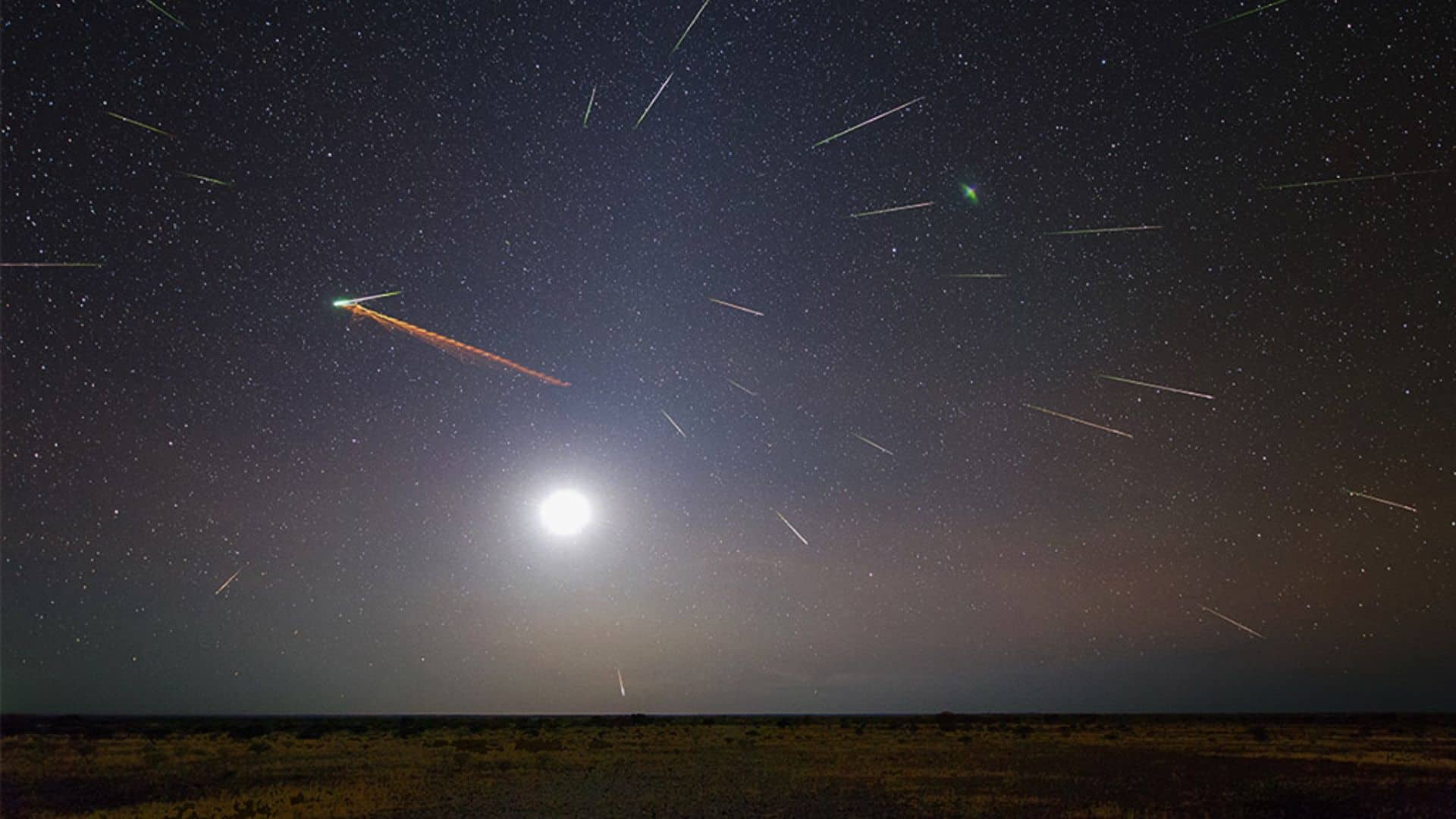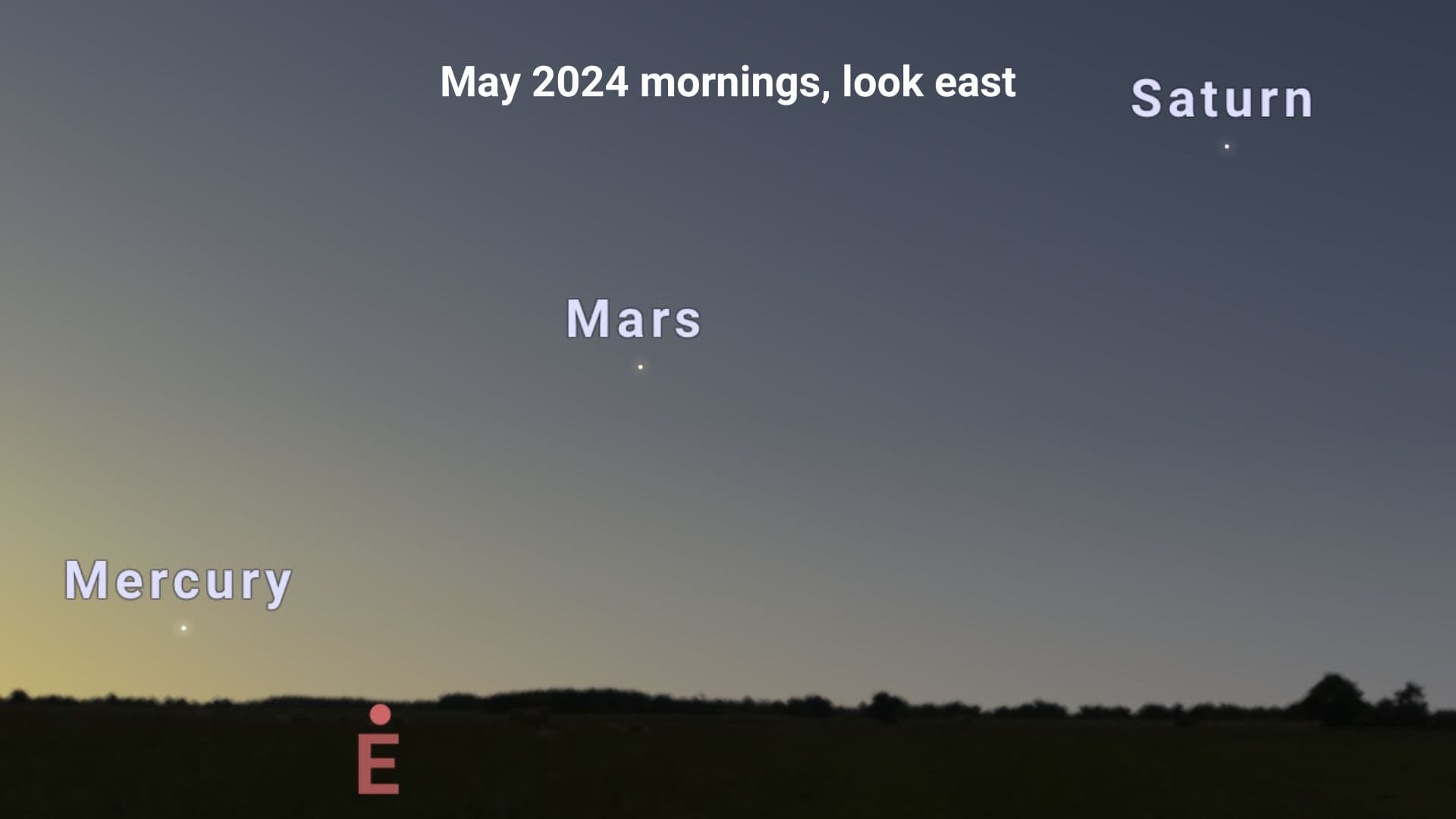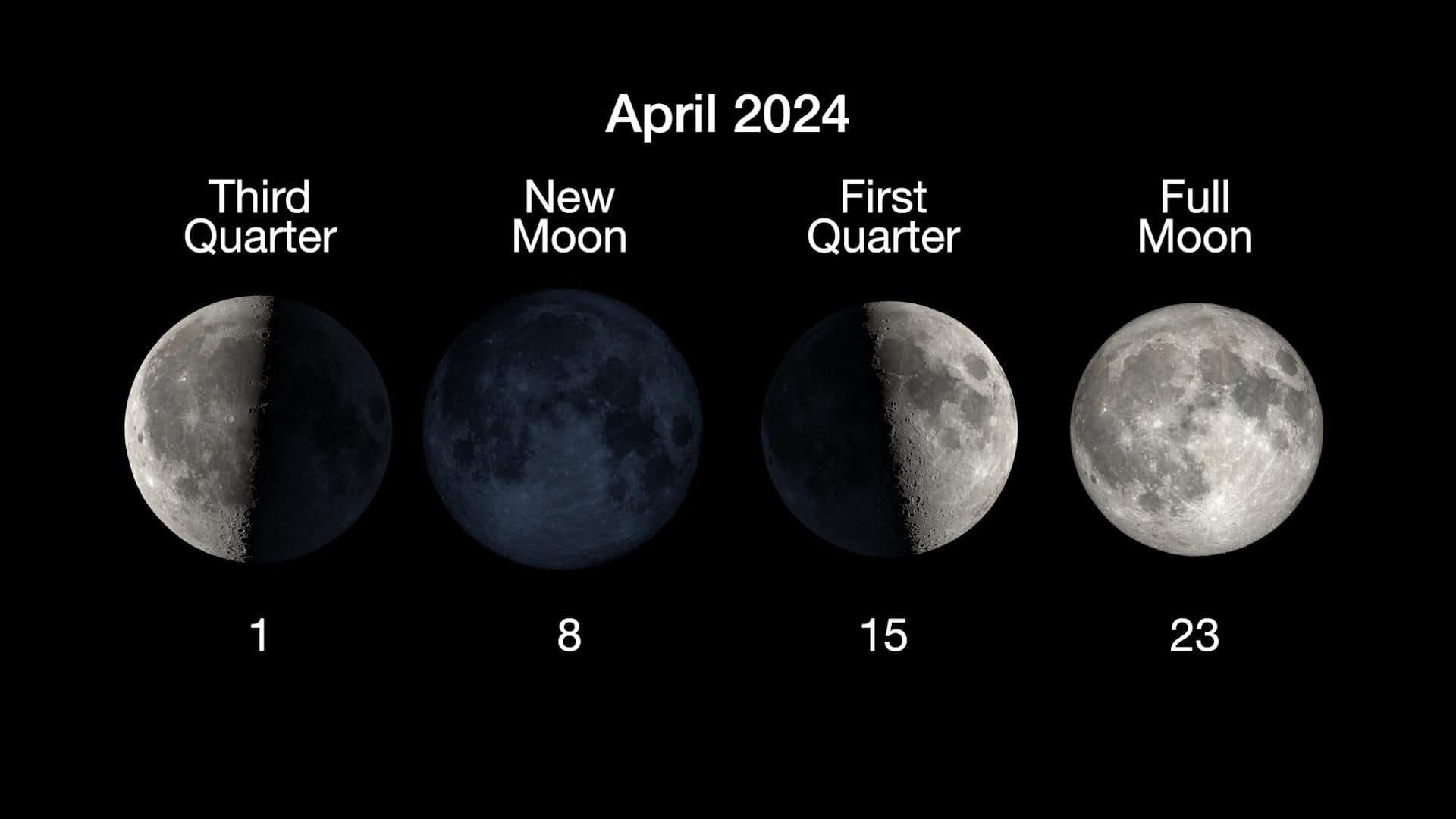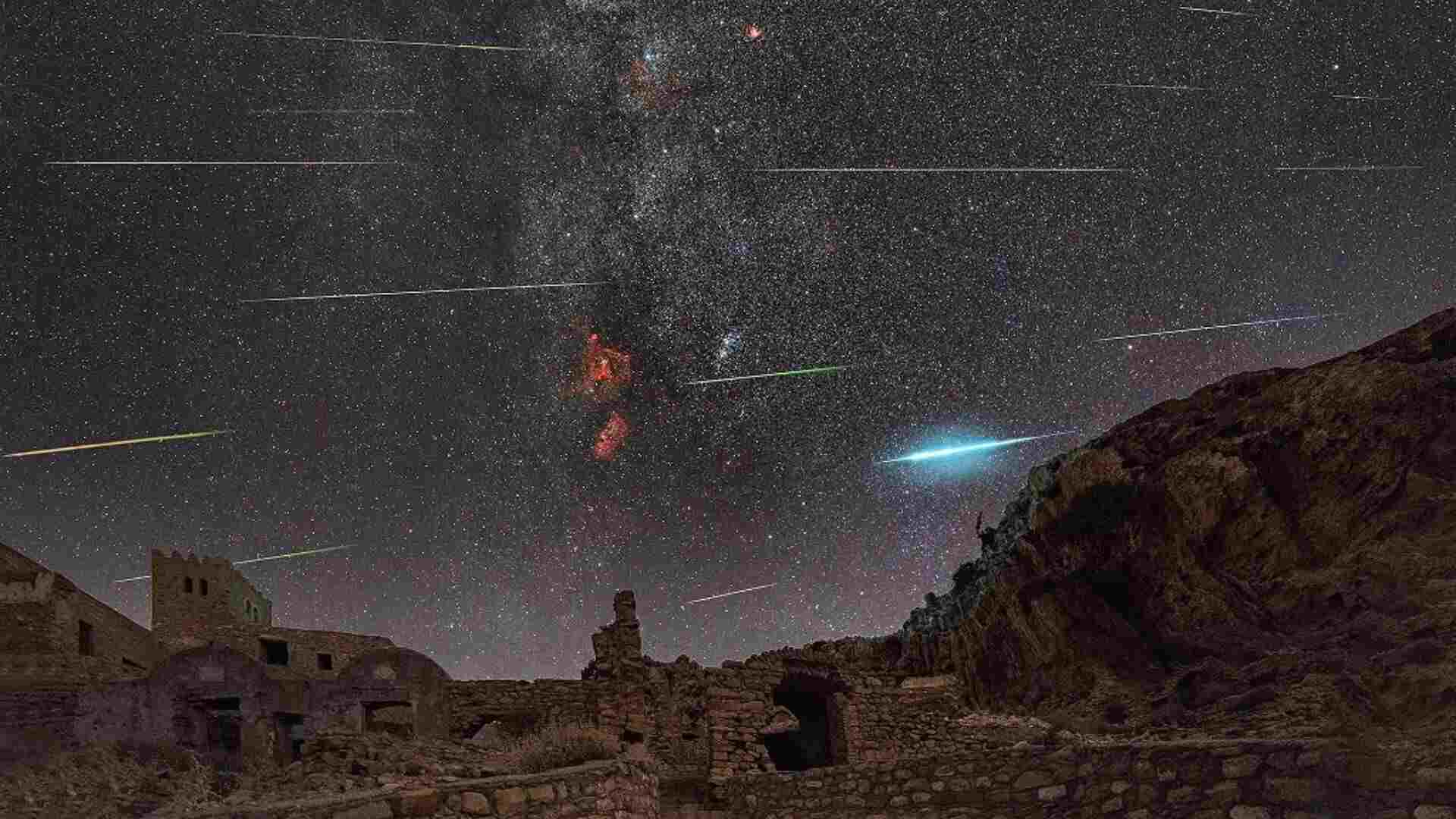A waxing gibbous moon is an intermediate or secondary phase of the lunar cycle that starts right after the first quarter moon (half-full moon) and lasts until it becomes a full moon.
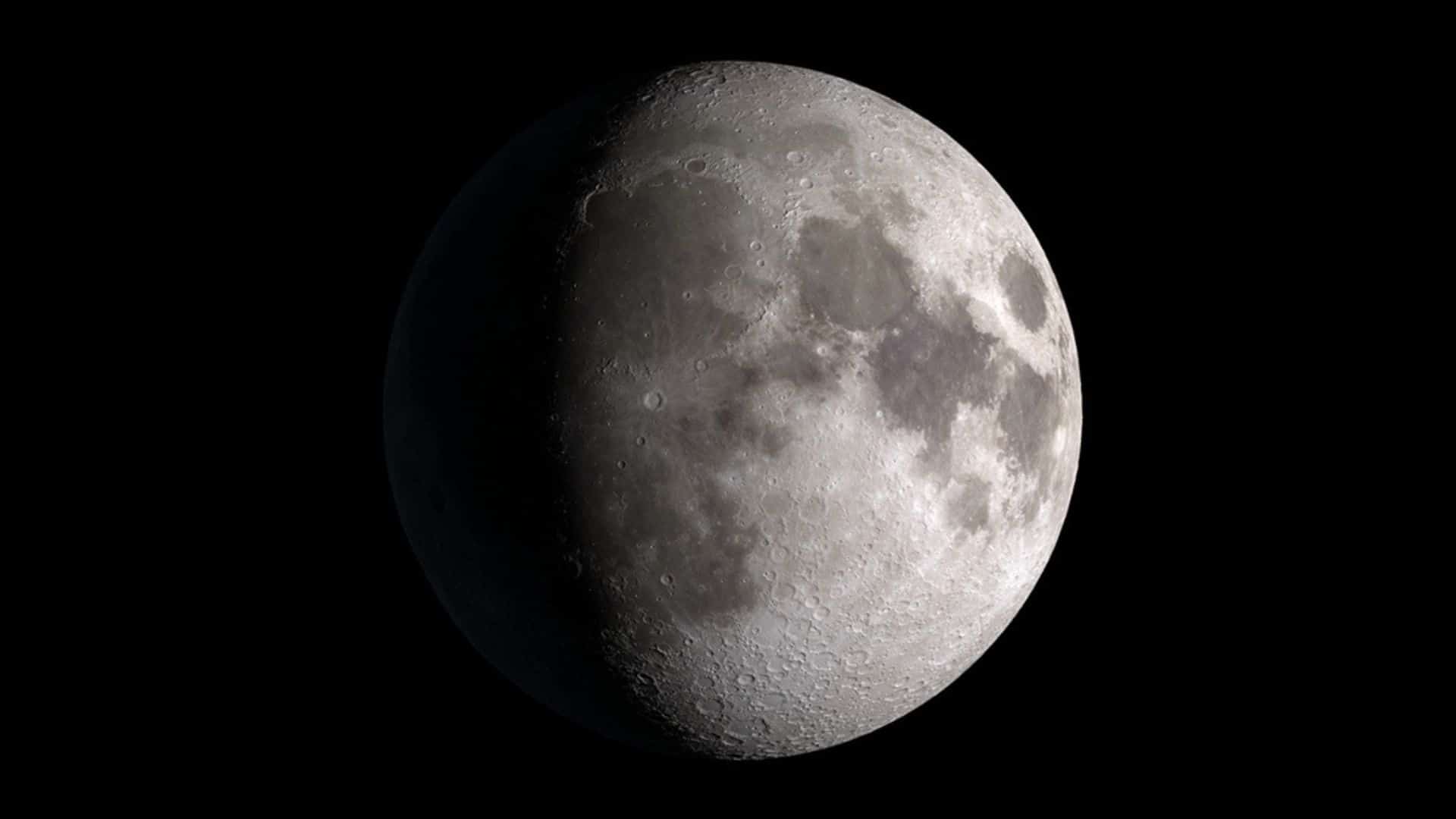
During a waxing gibbous moon, the illuminated area of the moon increases from 50.1% to 99.9%. So the moon appears more than half illuminated but less than fully illuminated.
Meaning of the waxing gibbous moon
A waxing gibbous moon consists of two terms: waxing and gibbous.
Here, “waxing” means increasing or growing. After the first quarter moon, the illuminated area of the moon increases day after day until it becomes a full moon; that’s why it’s called a waxing moon.
Another term, “gibbous,” comes from the Latin “gibbosus”, meaning “hump-backed”. During a waxing gibbous moon, the moon looks like a “hump” shape or a “convex” shape on both sides.
So a waxing gibbous moon signifies the shape of the moon.
Rise and set time of a waxing gibbous moon
A waxing gibbous moon rises in the afternoon (between noon and sunset) in the east, reaches its highest point (overhead point) in the sky in the evening, and sets after midnight (between midnight and sunrise) in the west.
Please remember, a waxing gibbous moon does not rise and set at the same time every day. On consecutive days, a waxing gibbous moon rises and sets about 50 minutes later.
A waxing gibbous moon is easily seen in the daytime
A waxing gibbous moon is easily seen in the eastern sky in the afternoon, after the waxing gibbous moon rise.
As we see more than 50% of the lighted part of the moon during a waxing gibbous moon, that’s why a waxing gibbous moon is easily seen in the daytime, unlike a waxing crescent moon.
A first quarter moon immediately becomes a waxing gibbous moon
A first quarter moon immediately becomes a waxing gibbous moon because a first quarter moon has no duration.
However, you have to wait two or three days after the first quarter moon to see a hump-shaped waxing gibbous moon with your unaided eye.
Duration of a waxing gibbous moon
The moon takes approximately 29.5 days to complete a lunar cycle. A lunar cycle has eight phases in total: the new moon, waxing crescent moon, first quarter moon, waxing gibbous moon, full moon, waning gibbous moon, third quarter moon, and waning crescent moon.
The new moon, first quarter moon, full moon, and third quarter moon have no duration as these are the primary or major phases of the moon.
So the duration of the four secondary phases (waxing crescent, waxing gibbous, waning gibbous, and waning crescent) is 29.5 days in total.
So a waxing gibbous moon lasts around 29.5/4 = 7.3 days.
The Golden Handle is seen during the waxing gibbous moon
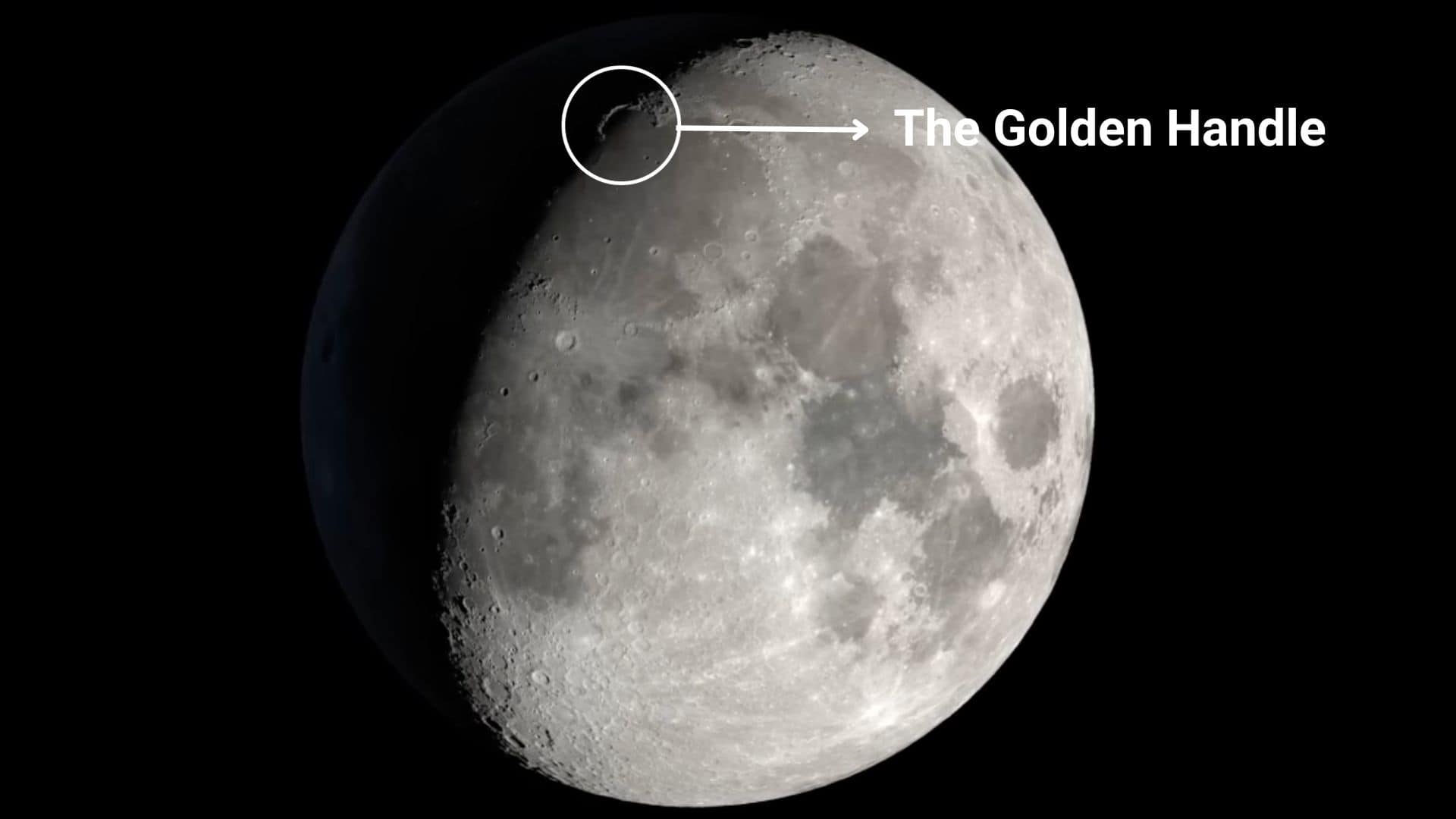
One of the most prominent feature on the lunar surface, the Golden Handle or a bright arc is seen during the waxing gibbous moon.
The Golden Handle appears on the lunar terminator (lunar day-night boundary) when the yellowish sunlight reflects from the peak of Montes Jura, while Sinus Iridum is still in darkness. Montes Jura is a mountain range located on the northwest side of the lunar terminator, and Sinus Iridum is the valley below the Montes Jura.
The Golden Handle is seen about 10 days after the new moon through a pair of binoculars or a telescope.
Read about all eight phases of the moon: New moon Waxing crescent First quarter Waxing gibbous Full moon Waning gibbous Third quarter Waning crescent
Please follow us on Facebook and Twitter to get latest space news, upcoming skywatching events and astronomy-related content.
